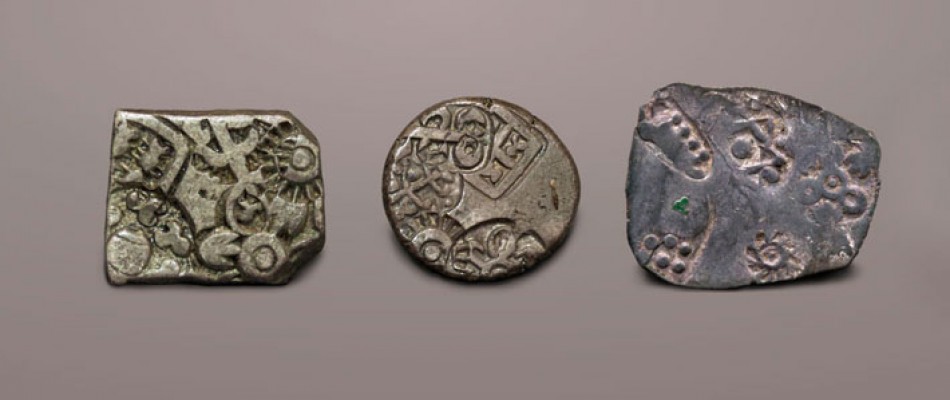Medieval IndiaHistoryMugal Period
Important Facts About Sikh Gurus

Other Important Facts-
Sikhism is a monotheistic religion. The religious texts of the Sikhs or the scriptures are Guru Granth Sahib. The Sikhs are considered as 10 Satguru. The religious place of Sikhs is called Gurudwara.
Born in Punjab in 1469, Nanak Dev invented Gurmat and spread the teachings of Gurmat and went abroad in the country itself. The Sikhs consider them as their first guru. Gurmat was promoted by the other 9 gurus. 10th Guru Gobind Singh Ji preached this precept to Khalsa and to follow the teachings of the Guru Granth Sahib. The Sikhs believe in one God, which they call one-onkar. They believe that God is the Famine and the Nirankar.
Sikh Guru were the following:
- Guru Nanak (1469-1538AD) – His main work – founder of Sikhism, emphasizing on Hindu-Muslim unity, opposing exceptions and workmenism, highest emphasis on equality, establishment of associations for preaching.
- Guru Angad (Lehna) Baba Shrichand 1538-1552 AD –Prominent work- Establishment of Guru Nanak, the son of Angad, a teacher of Guru Nanak, propagated in simple language of the teachings of the Guru. The anchor system was made permanent. Beginning the introductory script, Humayun 1504 AD. Found in Angad from Punjab.
- Guru Amardas 1552-1574 AD – Guru Angad’s disciple, gave the Sikh sect an organized form. For whom 22 made gaddis, preached to be a family saint for his disciples; Sati practices opposed the use of narcotic substances. Change the place due to Mr. Chandra’s protest. Akbar met the Guru in Punjab, freed the Guru and his disciples from the pilgrimage and made many villages in the name of his daughter. The followers of the Vaishnava sect were They started the lavan system to isolate the marriage of Sikhs and Hindus.
- Guru Ramdas (1574-1581 AD) – Akbar was very influenced by him, in 1577 AD. Akbar gave 500 bighas of land in which there was a natural pond, Amritsar city was established here. The teacher’s post became ancestral.
- Guru Arjun Dev (1581-1606 AD) – The Sikh community was strengthened, a compilation of the teachings of himself and his predecessors, 1604 AD. In the Adi Tektha, Arjuna drew the foundation of Hariminder Sahab in Amritsar by Sufi saint Mian Mir, in time, by Ranjit Singh, the name of the Golden Temple was first given by the British after the Golden Jubilee of Harminder Sahib. Permanently appointed religious campaigners (Masand and Meura). After getting the spiritual and cultural head of the Sikhs started living with Shaan-e-Shaukat The Sikhs started to practice 10% of their income as donations, due to the rebellion of the rebel Khusro, 1606 AD on the charge of sedition. Was hanged Ordering his son, Hargovind, to be armed and to form supreme army. The Guru’s death penalty convicted the Sikhs as the first attack on the religion of the Mughals. Establishment of a city known as Tarn Taran.
- Guru Hargovind (1606-45 AD) – The Guru made the Sikhs a military sect, started taking horses and weapons instead of money from their supporters, allowed them to eat meat. The Guru laid the foundation of Takht Akal Bunga and fortified the Amritsar, gave religious education to the Sikhs as well as military education, conflicts due to the episode of Shah Jahan.
- Guru Hararaj(1645-1661) – defeated in Dārā’s Samudhāgarh war, helped him escape from Punjab. Aurangzeb sent his son Ramaray in court to the court. Consequently the second son handed over the throne to the Harikishan.
- Guru Harikishan.1661-1664AD) – A dispute with the great brother Ramrai for the throne.
- Guru Teghbahadur (1664-1675AD) – Harikishan said before his death, Baba gave him Baba, and after that he was accepted as teacher in Baqal. Dhimanal and Raimal were the main opponents, who revoked the religious policies of Aurangzeb, in consequence of 1675 AD. Islam religion has been murdered due to accepting Islam.
Guru Gobind Singh (1675-1708) – Born in Patna. In Punjab’s Terai Makhowal or its headquarter in Anandpur. In this opinion, Dixit was called Khalsa. And was given the title of Lion at the end of the name, 1699 AD. In the formation of Khalsa, every Sikh ordered to hold the Panchamakara (hair, kangha, kamba, kacha and saber), abolished the throne before its death, compiled a supplementary texts tenth master’s emperor, the last guru of the Sikhs .
Reference :https://www.indiaolddays.com/



